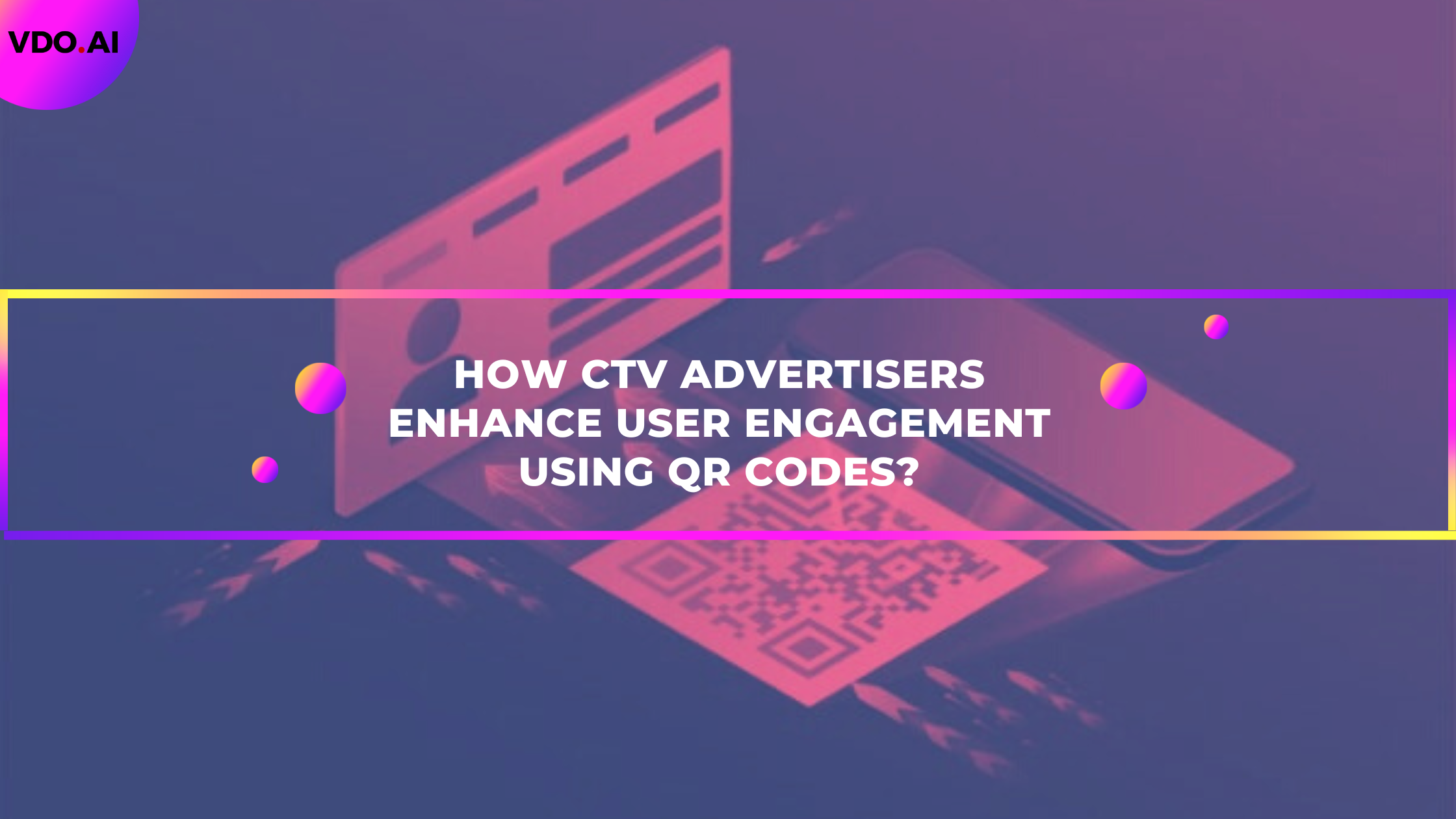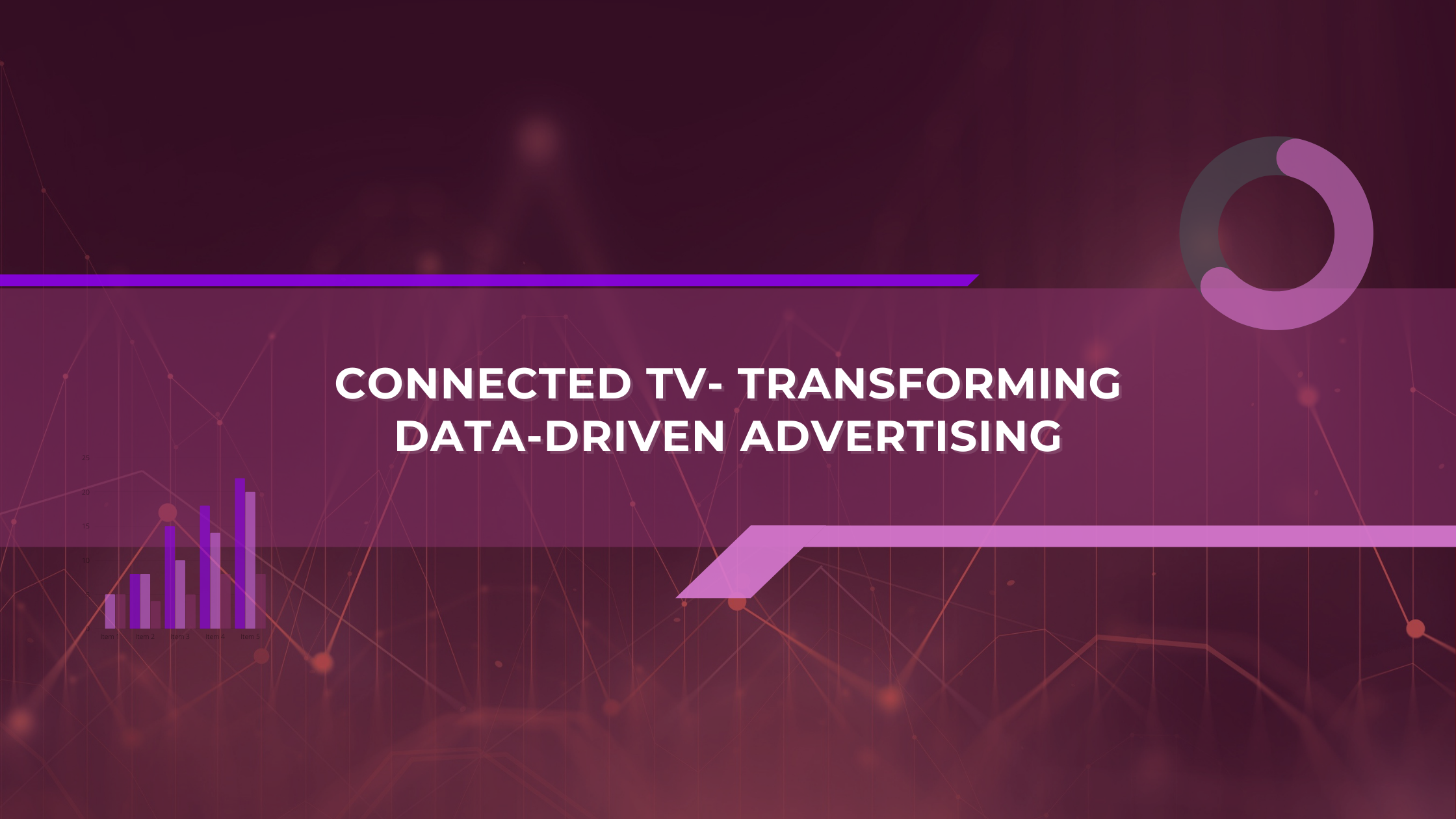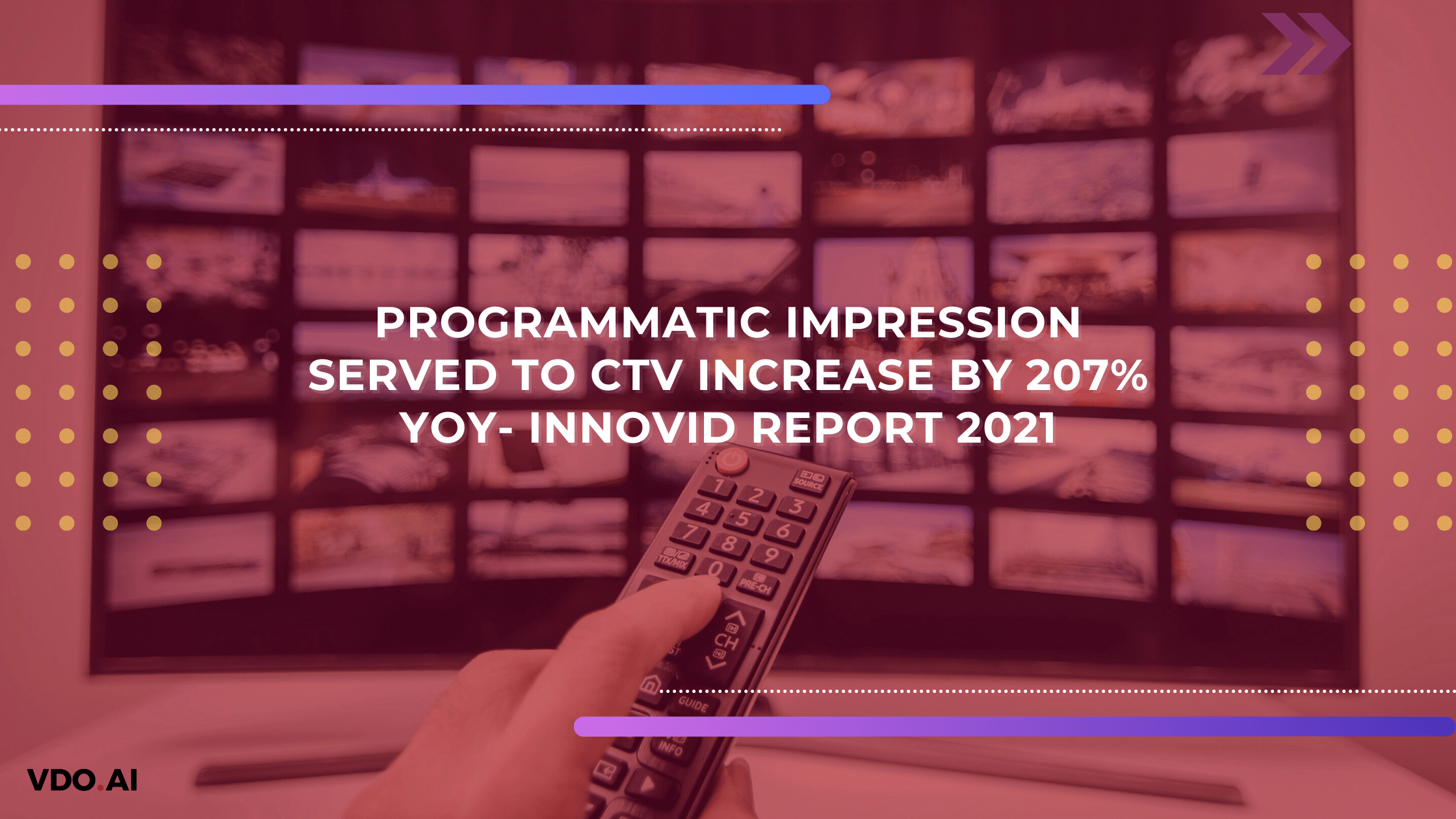Customer Experience: Key To Streaming Video Advertising
Reading Time: 6 minutesVideo advertising has evolved into a primary marketing strategy for many businesses. It is one of the most popular ways of reaching online audiences. Industry experts believe that video advertising will dominate the next decade. Hence, now is the time for marketing professionals to learn and discover how it could improve their reach and overall effectiveness with campaigns. However, there are many issues with streaming video advertising.
Things like fraud, latency, or viewability and measurement – are some of the sore spots of video advertising. While these issues have been worked upon by either the industry as a whole or independently by publishers, it is not fast enough.
As connected TV (CTV) and over-the-top (OTT) spending and impressions continue to rise in tune to customer’s rapid cord-cutting, buyers and sellers need to conquer the problems of ad quality and poor customer experience. For instance, repetitive ads have always been an issue since the origin of streaming video advertising. Customers hate watching the same ad five times in a row during the course of one program.
In the era of streaming video on demand (SVOD), it all comes down to a publisher’s expertise to use data in a serviceable way to improve the overall customer experience.
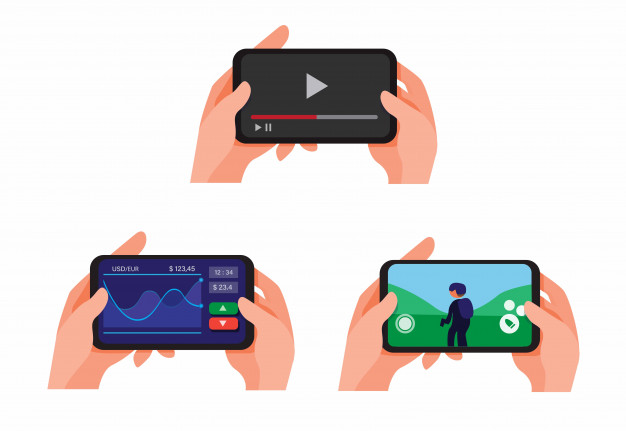
The Opportunity Of Video Advertising
People are consuming content at an alarming rate and ad impressions are on the rise. Consumers are watching ad-supported content and most of them would rather have ads and view programming for free or at a lower cost. As a result, there is staggering growth in the free ad-supported streaming TV services.
Theoretically, OTT promises that it is a data-driven business in which content can be more personalized. And the hyper-targeting inclinations make OTT better than digital, or even TV. In comparison to linear, CTV is ready-made for outshining frequency as well as relevant retargeting.
The rich data that streaming provides also facilitates better reporting and measurement. Ad completion rates should be high as long as marketers know what, when, and how people want to watch something. Even Disney’s new streaming bundle offers an ad-supported version of HULU. And 70% of their 82 million viewers are on the ad-supported plan only.
But if the consumers are continually choosing to stream instead of watching linear and don’t mind watching ads, then why is the streaming video advertising experience still considered bad?
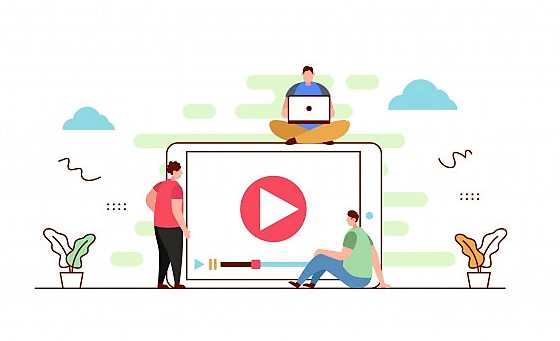
The Challenge In Video Advertising
It’s a complex ecosystem. Streaming TV is fragmented because consumers watch on a number of devices and also switch back-and-forth frequently. This enhances the complexities of delivering quality viewing experiences. And there is also a question of the pipes. The ad requests may not always work – guaranteeing proper decision and selection while ensuring the right ad gets to the right person in the right place. There is a need for real-time measurement so that if there is a problem it can be discovered on time.
Sometimes meeting commitments can lead to a situation where a viewer sees the same ad way too many times. This happens because advertisers usually purchase streaming by impressions. While viewers are used to watching commercial breaks, streaming video ads is often irrelevant content that pops up at inconvenient times. And whatever is not sold directly, gets filled through an ad exchange. An ad exchange is built to provide pre-roll ads more than TV ads or might target on the basis of demographics which means that the customer experience is not the best.
And aside from repetition and interruptions, there is also the question of delivering the right creative. Whether the ad is in the right format? Or does it provide the best experience for the device it is being viewed on? Is it relevant to the consumer on the device they are watching it on right now?, etc. And that is where making the best use of viewer data to enhance customer experience comes into the picture. It is also where publishers frequently have the opportunity to grow their relationship with advertisers as both creative and data consultants.

Put The Consumer First
“Direct-to-consumer” brands such as Hulu need to be obsessed with customer experience. Their viewer first approach puts consumer behavior at the head of their company’s advertising procedure and strategy. The company announced some new ad products last May, that highlighted their passion for user data as a tool for targeting viewer behavior.
On one hand, there is the “binge ad format” that permits advertisers to provide a personalized experience to their viewers. It includes things like ad-free episodes or discounts on a product or service. On the basis of user data, it was discovered that there were 1.1 billion pauses on Hulu’s ad-supported accounts on a monthly basis. As a result, the company cam up with a pause ad feature that enables brands to highlight a static non-intrusive display ad that will be initiated by a user’s pause behavior.
One of the most interesting things that Hulu has been able to do is implement frequency caps. This makes sure that a viewer does not see the same ad more than two times within the same hour. Moreover, they have been able to expand on this initiative with a daily frequency cap. So now a single viewer will not see the same ad more than four times in a single day. However, frequency caps can be a costly tool for small players who do not have the same user-base that big players like Hulu have.
There are also count-down clocks on ads as well as interactive ad experiences, where viewers can engage with the brand or a product. This helps in providing consumers with total transparency into their ad experience. As a result, the streaming giants get an added advantage because they get to scale and sell across different devices while putting the consumer first in their strategy.

Closed Ecosystem
Another great example of the data-driven nature of the streaming advertising business is the brand Roku’s Audience Marketplace. It leverages their first-party data and proprietary ad tech to encourage publishers to sell targeted audiences at a household level on their platform to advertisers.
Major players like Hulu and Amazon have been able to operate well a close ecosystem – either by limiting their inventory or making it hard for third-party networks to operate in their domain.
So keeping in mind the potential of usable first-party data that can be gathered from streaming behaviors, deep-pocketed publishers might also do well by operating in a closed ecosystem of their own. Or by at least partnering with other like-minded publishers which will enable access to even more user data as well as provide them with the power to scale across multiple platforms. It is the only way to really put the customer experience first.
The video advertising market has come a long way. In the current scenario, streaming video advertising is a great land of opportunities. With the continual rise of OTT and Connected TV being ready to continue to evolve, more and more publishers will be embracing advertising opportunities connected to it. And it doesn’t matter who got there first or who has the most users. Because it is too uncertain to tell who can win in this scenario. Regardless of the competition, the 2020s will be a defining era for video advertising.
FAQs:
1. What is the significance of video advertising?
Video advertising has evolved into a primary marketing strategy for many businesses. It is one of the most popular ways of reaching online audiences. Industry experts believe that video advertising will dominate the next decade.
2. What is the opportunity that video advertising offers?
People are consuming content at an alarming rate and ad impressions are on the rise. Consumers are watching ad-supported content and most of them would rather have ads and view programming for free or at a lower cost. As a result, there is staggering growth in the free ad-supported streaming TV services.
3. What are the challenges in video advertising?
- Streaming TV is fragmented because consumers watch on a number of devices and also switch back-and-forth frequently.
- This enhances the complexities of delivering quality viewing experiences. And there is also a question of the pipes, the ad requests may not always work.
4. How is customer experience the key to video advertising?
In the era of streaming video on demand (SVOD), it all comes down to a publisher’s expertise to use data in a serviceable way to improve the overall customer experience. Partnering with like-minded publishers will enable access to even more user data as well as provide publishers with the power to scale across multiple platforms. It is the only way to really put the customer experience first.

